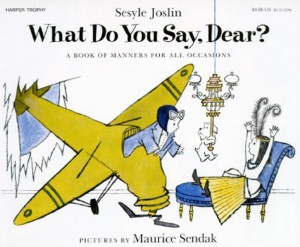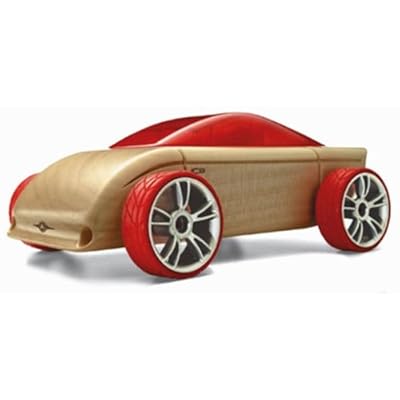If you want to get to know someone, and you’re a bookish person like me, one of the first things you do when you visit someone’s house is take a look at their shelves to see what books and media they’ve got and how it’s arranged. If you’re lucky they’ll leave the room for a few moments so can can peruse in peace, but if not, there are ways of scoping things out unobtrusively. And if that doesn’t work, you can just ask them to tell you about their collection, but it’s probably more fun to start by looking things over on your own.
So it should come as no surprise that on a recent trip to Baylor University I found myself walking through the reference stacks. As you probably know, a reference collection is a different creature from a circulating collection. Reference books are the things you’ve got to have on hand at all times–even if they don’t get used very often. Reference books may be of historical significance, or they may be used so often that you’ve decided to hold back one copy for photocopying and note-taking in the building. And librarians are generally a bit more selective with a reference collection, because most books need to earn their keep by circulating. So a book on the shelf tells you one thing, and a book on a reference shelf tells you a little something else.
That morning I wandered through the music books and the art books, cruised through some general business books, and soon arrived at the history section. I looked at books about Georgia, Louisiana (I looked for Huey Long), and then I found the Texas books. This was the education I needed, and here’s a sampling of what I found:
The Alamo and the Texas War for Independence (Nofi)
Der Texanische Unabhängig-Keitskrieg: 1835/36 (Reichstein)
Hood, Bonnet, and Little Brown Jug (Brown)
The Poet President of Texas (Siegel)
Jeff Milton: A Good Man With a Gun (Haley)
If I Can Do it on Horseback (Hendrix)
The Land, the Law, and the Lord: The Life of Pat Neff (Blodgett, with a forward by Governor Ann Richards)
George W. Littlefield–Texan (Haley)
Bill Clements: Texian to His Toenails (Barta)
Cannibals and Condos (Maril)
Flaming Feuds of Colorado County (Reese)
This Stubborn Soil (Owens)
The Texas Rangers (Webb, 4 copies)
Gunpowder Justice: A Reassessment of the Texas Rangers (Samoa)
The Howling of the Coyotes (Wallace)
I’ll Die Before I Run (Sonnichsen)
I Married a Cowboy (Reeves)
and
The Thorny Rose of Texas: An Intimate Portrait of Governor Ann Richards (Shropshire)
I sense that my love of storytelling and my appreciation for colorful characters will be well-satisfied in Texas. It’s certainly going to be an adventure. I’ll keep you posted.










